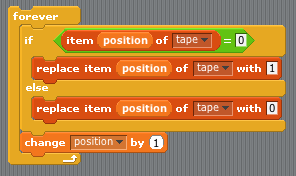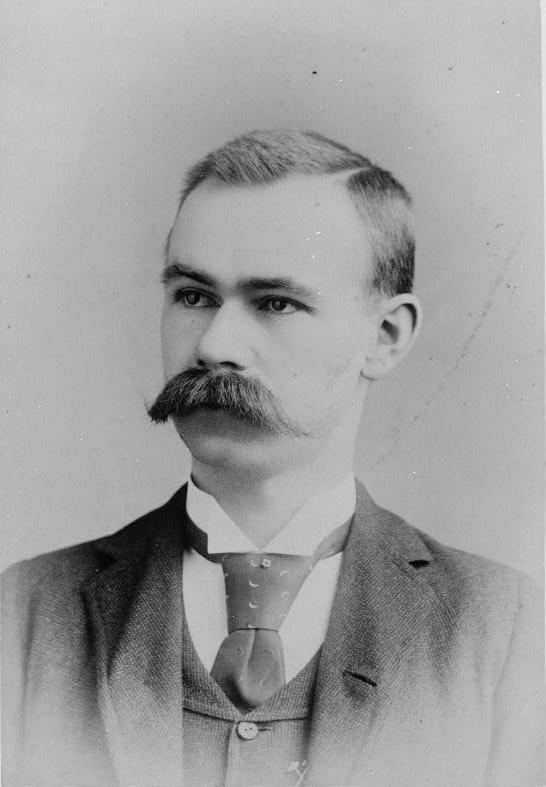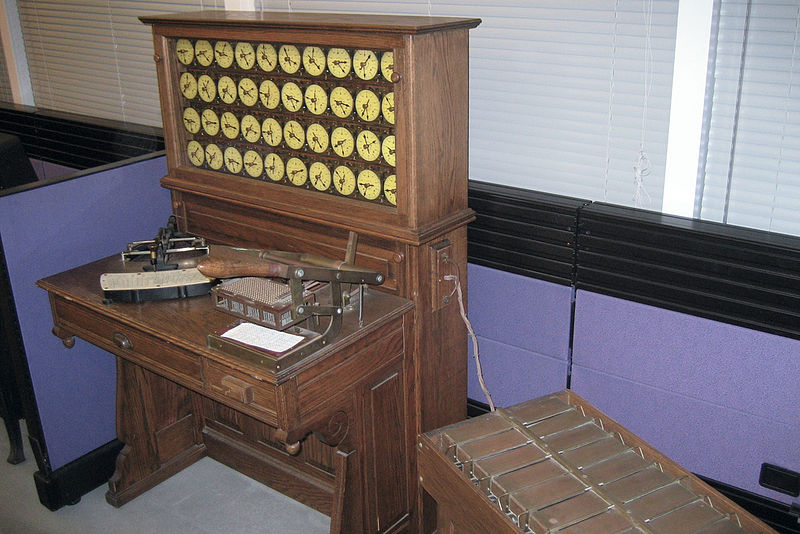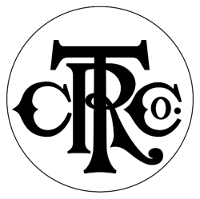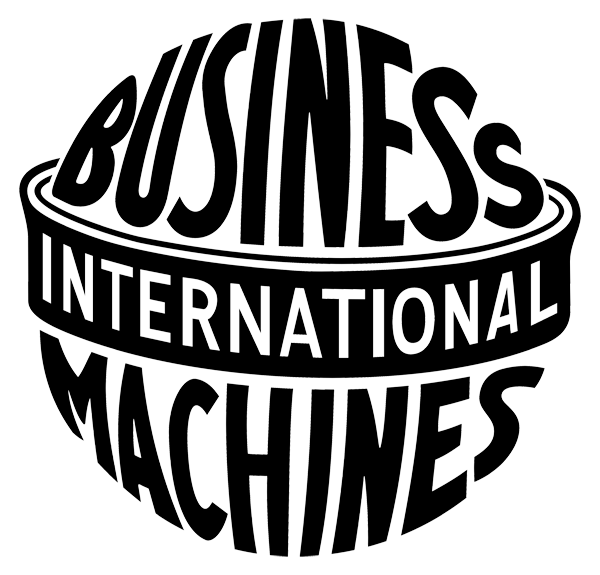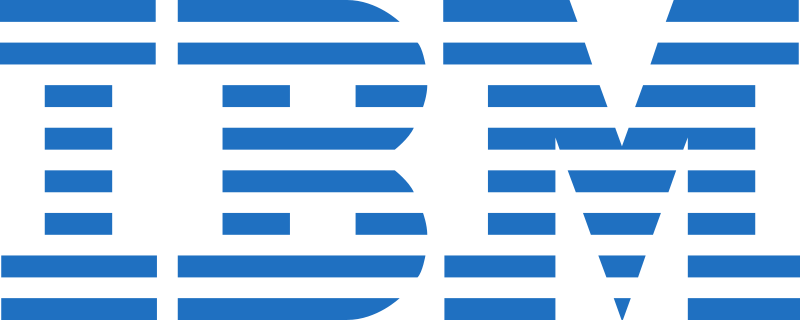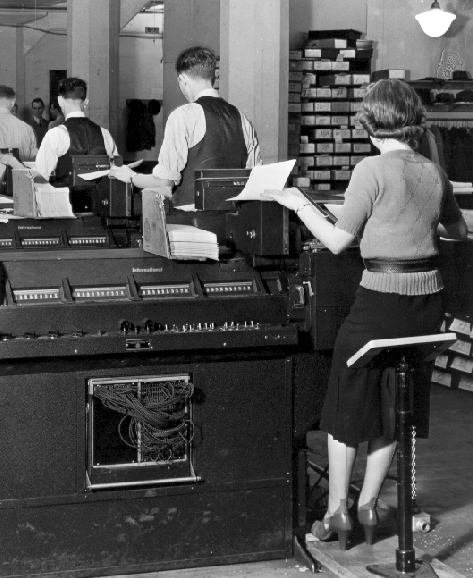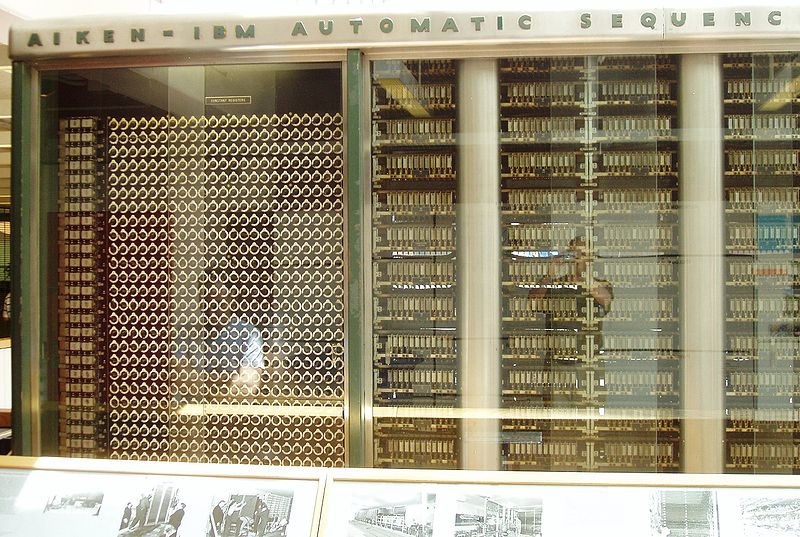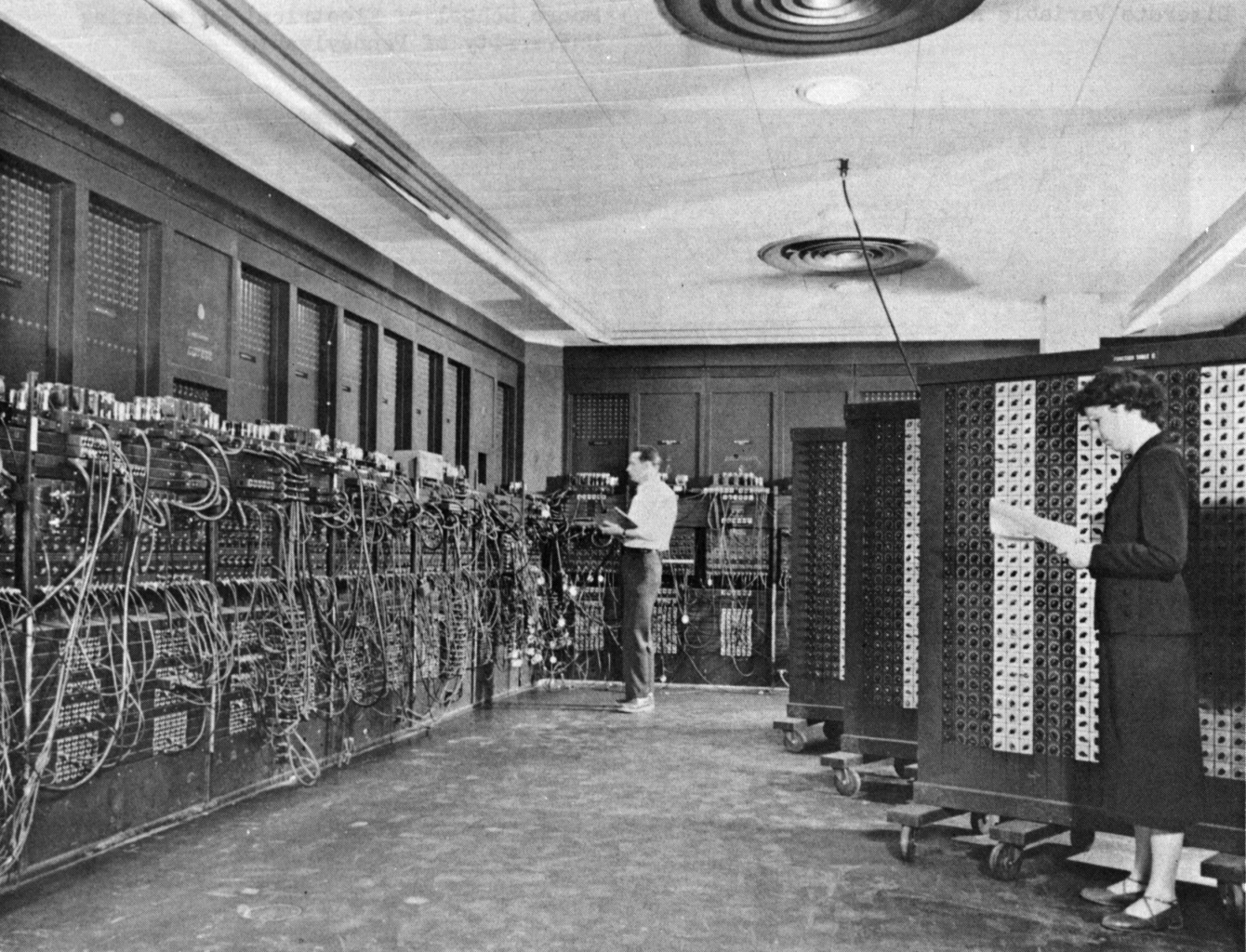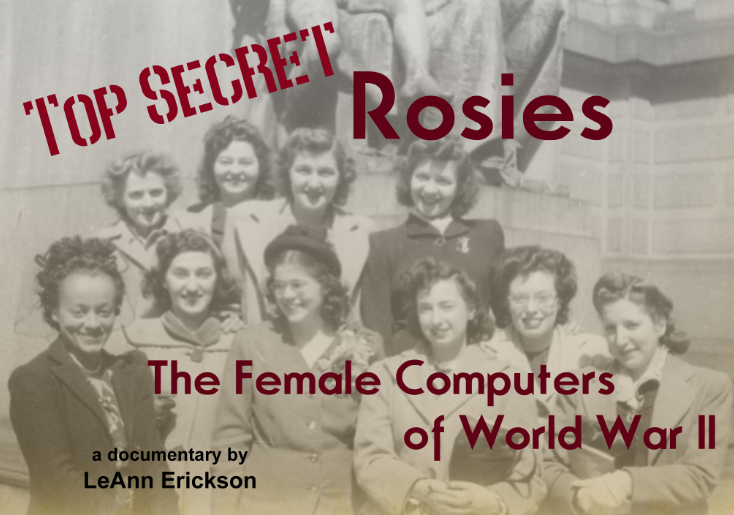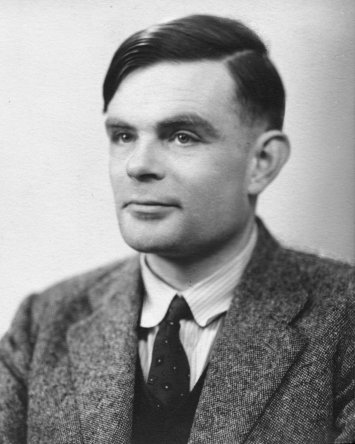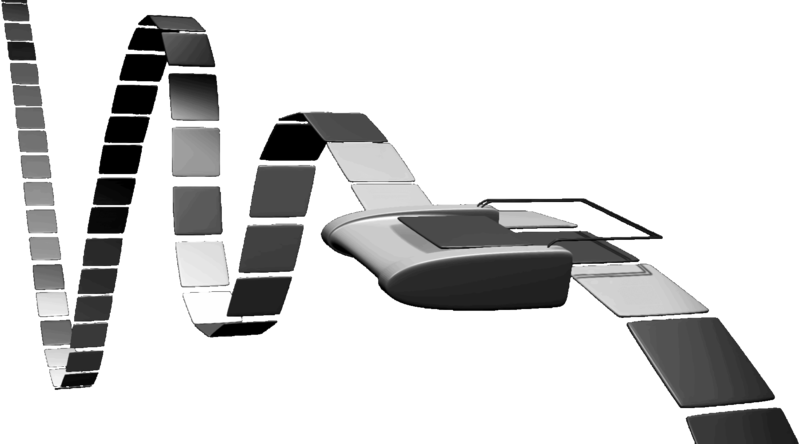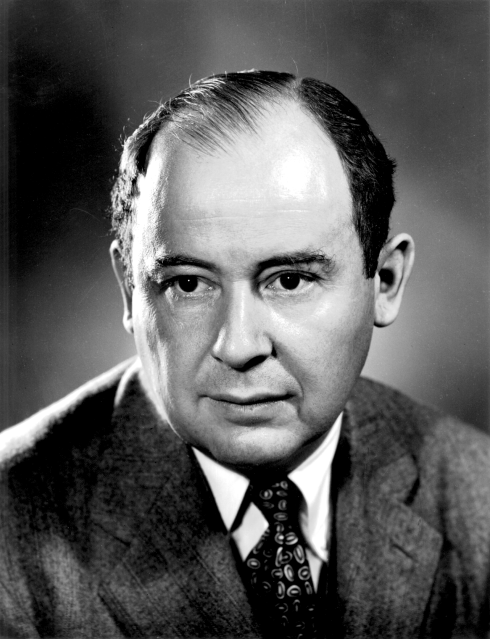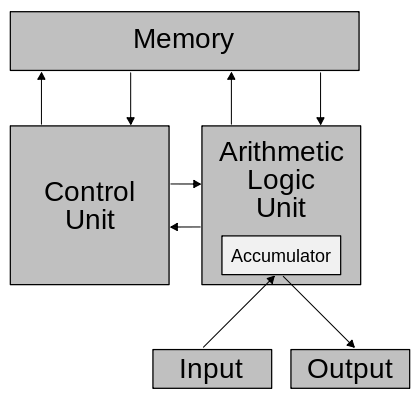CIS 115
Universal Computers
What is a Universal Computer?
What is a Universal Computer?
A universal computer can simulate ANY other real-world computer given infinite time and infinite memory
Turing Machine Instructions
- Move Left 1
- Move Right 1
- Write 0
- Write 1
- If 0, Go to #
- If 1, Go to #
- Go to #
- Stop
Turing Machine Example
Start with 2 items on a tape
- If 1, go to #5
- Move left
- If 0, go to #9
- If 1, go to #6
- Move Left
- Move Left
- Write 1
- Stop
- Move Left
- Write 0
- Stop
∨ Or
Turing Machine Example
Start with 2 items on a tape
- If 0, go to #7
- Move left
- If 0, go to #8
- Move Left
- Write 1
- Stop
- Move Left
- Move Left
- Write 0
- Stop
∧ And
Assignments
- Read and be prepared to discuss:
- Pattern on the Stone Chapter 5: Algorithms & Heuristics
- Blog 2: Algorithms - Due Monday 2/15 10PM
- Scratch Project 1 - Due 2/9 10PM
Blog 2: Algorithms
There are many important algorithms in Computing Science. In fact, we’re going to learn about many of them later in this class. For now, however, I’d like you to pick an algorithm from Wikipedia’s list of algorithms (https://en.wikipedia.org/wiki/List_of_algorithms) and write about it. Some things you can cover:
- Where did this algorithm come from?
- How does it work?
- What makes it special or unique?
- Are there other algorithms that achieve the same or similar outcome?
- Could you do this algorithm manually? Or does it require a computer?
- How does this algorithm relate to what we’ve already read in the textbook? Did the textbook help you understand how this algorithm works? (textbook references)
- Where can this algorithm be found in the real world? (outside reference)
Scratch Turing Machine
- Download the starter file from KSOL
- Build a 3-State, 2-Symbol
Busy Beaver in Scratch - Record the final state and output of the Turing Machine
Lists in Scratch
Get an Item  |
Set an Item |
Turing Machine Blocks
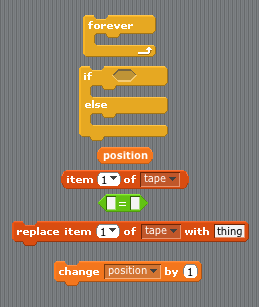
Turing Machine - Invert Bits
